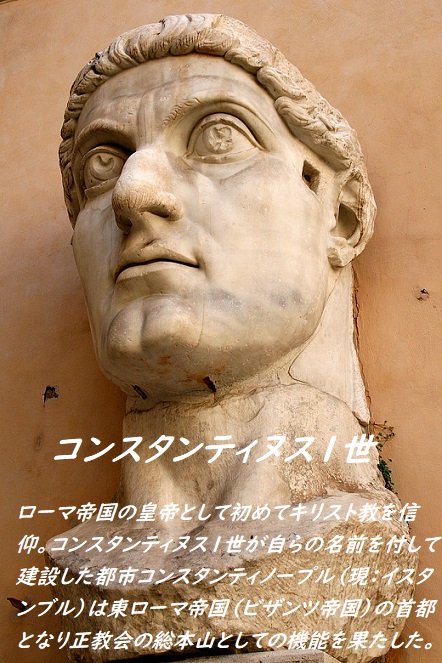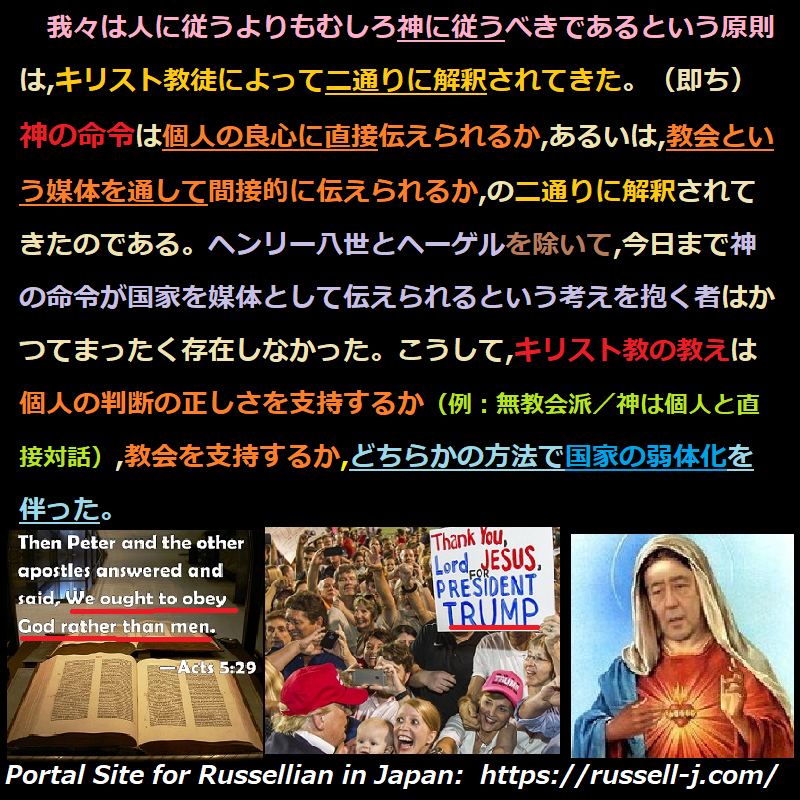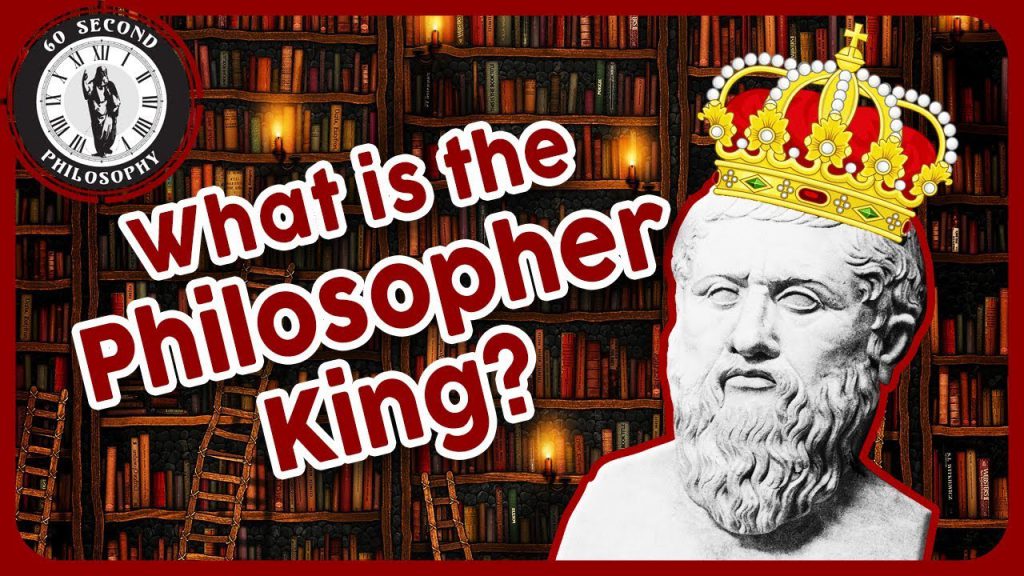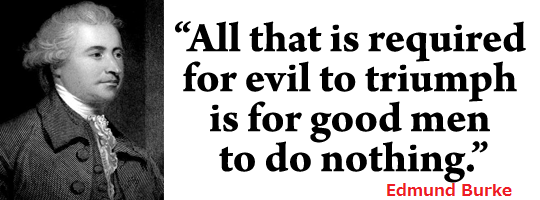
ローマ皇帝コンスタンティヌス一世の(キリスト教への)改宗は教会と国家との間に調和(和合)をもたらすだろうと,当時想った人がいたかもしれない。けれども,そうならなかった。初期のキリスト教徒の皇帝(たち)はアリウス派 (注:イエスの神聖を否定して異端とされたキリスト教の一派) であり,また、西洋における正統の皇帝たちの時期は,アリウス派のゴート族やヴァンダル族の侵入のために,きわめて短いものであった。後,東方の皇帝たちのカトリック信仰が疑問の余地がなくなった時,エジプトは,キリスト単性論(注:monophysite キリストにはただ神的な一性があるのみという主張 )にたっており,西アジアの大部分は,ネストリウス派(注:キリスト教異端派の一派で,キリストには人格と神としての位格の二つのペルソナがあったと主張)であった。こうした国々の異端派の人々は,予言者モハメッドに従う人々(注:the Prophet と大文字になっていることに注意)を,(キリスト教の)ビザンチン政府ほど迫害的でないとして歓迎した。キリスト教会は,キリスト教国家と対抗し,これらの多くの国々において,どこにおいても勝利した。ただ新宗教(イスラム教)のみが,国家に対してキリスト教会を支配する力を与えたのである。
Chapter VII: Revolutionary Power, n.5
It might have been supposed that the conversion of Constantine would lead to harmony between Church and State. This, however, was not the case. The first Christian Emperors were Arians, and the period of orthodox Emperors in the West was very brief, owing to the incursions of the Arian Goths and Vandals. Later, when the adherence of the Eastern Emperors to the Catholic Faith had become unquestionable, Egypt was monophysite and much of Western Asia was Nestorian. The heretics in these countries welcomed the followers of the Prophet, as being less persecuting than the Byzantine government. As against the Christian State, the Church was everywhere victorious in these many contests; only the new religion of Islam gave the State power to dominate the Church.
出典: Power, 1938.
詳細情報:https://russell-j.com/beginner/POWER07_050.HTM








